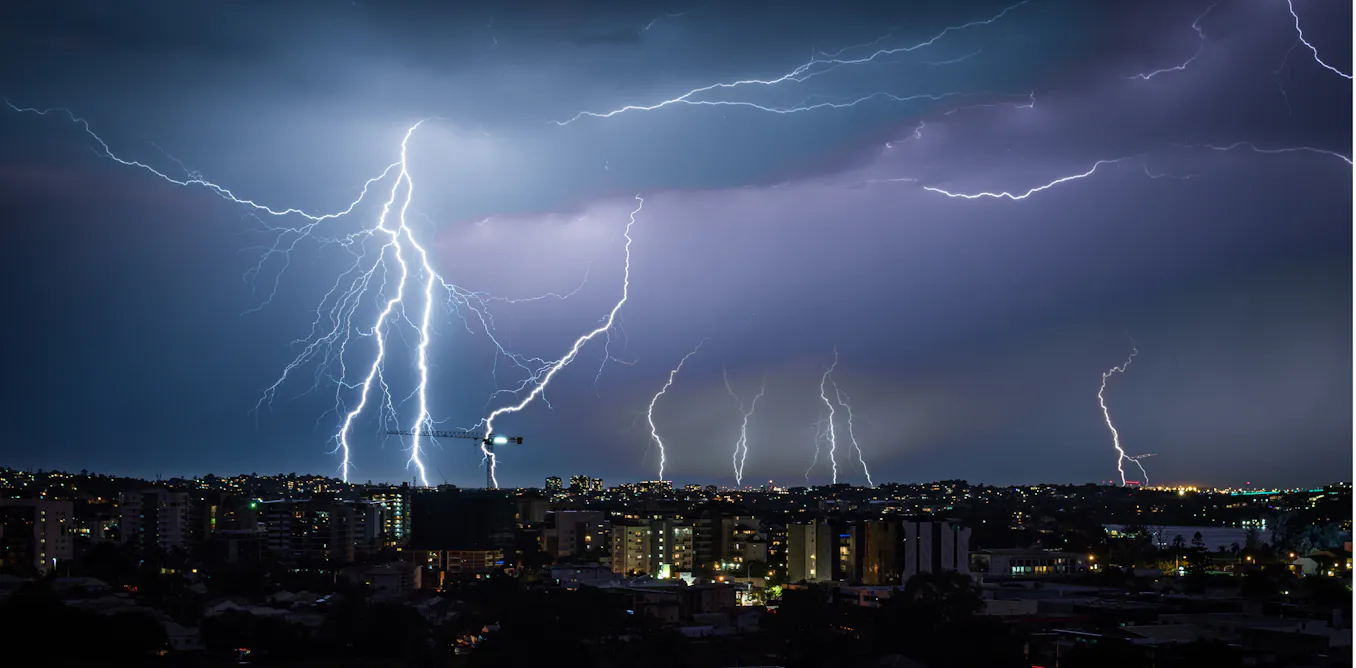Copyright qcostarica

Q COSTARICA — Costa Rica’s rainy season hits hard and fast, and it seriously changes the driving game. October is by far the toughest month of the rainy season. This year’s rainy season has been particularly intense. Because of this, experts are urging all drivers—locals and visitors alike, especially tourists unfamiliar with Costa Rica’s intense rains—to exercise extra caution to keep themselves and others safe while driving. “If we encounter heavy rain and the road has a lot of accumulated water, it is best to slow down, because the reduction in tire grip on the asphalt can lead to loss of steering control. It is better to avoid continuing on this route and find alternative routes or a safe place to wait for the water level to recede,” said Hugo Martínez, Regional Manager of Autopits. Although vehicles are designed to operate in the rain, Martínez explained that immersion in deep puddles can affect the electrical system, the vehicle’s computer, the battery, the engine, the combustion cylinders, and even the upholstery, depending on the magnitude of the incident. Costa Rica’s puddles are more than just simple puddles left behind by rain In Costa Rica, the rainy season shows off a quirky side of its roads — the puddles. These aren’t your ordinary splashes; they can be deep, sudden, and tricky enough to give drivers a real challenge. For locals and visitors alike, puddles are less about a quick splash and more about testing your driving skills and patience. Puddles hide potholes and uneven surfaces, tempting drivers to slow down or swerve — neither of which guarantees safety. Sometimes, the puddles are so large, they blur the edges of the road, making it hard to stay on track without drifting into traffic or soft shoulders. For many drivers, it’s a game of cautious guesswork. Step in too fast, and you risk hydroplaning or damaging your car. Brake too hard, and you might lose control. Locals often learn the art of reading the road — knowing which puddles to skirt and which to face head-on. Visitors, ie, tourists, on the other hand, might feel caught off guard. Preventive Maintenance During the rainy season, preventive maintenance becomes a key practice to ensure the proper functioning of vehicles. The main aspects to check are: Tires: Check that they are in good condition and have the proper pressure. Worn tires reduce grip on the road and prevent proper water drainage. Brakes: Excessive wear or use can compromise braking performance and cause accidents. Unusual noises are a sign that you need to visit a specialized center. Lights: It is vital that all lights work properly to communicate maneuvers and ensure visibility in low-light conditions or heavy rain. Interior and exterior visibility: Keep the wiper blades in good condition, fill the windshield washer fluid reservoir, and ensure the air conditioning is working properly to defog the windows when necessary. “Prevention makes the difference. That’s why we recommend drivers inspect their vehicles regularly and have them serviced by expert technicians. Additionally, be aware that in winter, driving requires greater caution and attention to everything that’s happening around us,” concluded Martínez. Life moves a bit slower here in October While the sunlight hides behind thick clouds, it’s never gone for long. Breaks in the rain create fleeting moments of golden light that dance on wet leaves and shimmering rivers. In Costa Rica’s rainy season, the world feels alive in a different way — a little quieter, a little wetter, and endlessly full of promise. Weather forecast for today, Monday, October 27, 2025: The first few days of the week begin with the indirect effects of Hurricane Melissa, which will continue to generate variable rainfall throughout the day in the South Pacific. It will also adjust the position and increase the activity of the Intertropical Convergence Zone over Costa Rica. This atmospheric configuration will favor a humid and unstable environment, conducive to precipitation. In the morning, showers are again expected over the Osa Peninsula, the Central Pacific coast, and points near the Nicoya Peninsula. Scattered showers and downpours are expected in the afternoon, extending to the mountains of the rest of the Pacific coast. In addition, rain with possible isolated showers and thunderstorms are expected in the Central Valley, the mountains of the Northern Zone, and the western Caribbean. Get the official weather forecast and information from Costa Rica’s national weather service, the Instituto Meteorológico Nacional de Costa Rica (IMN), here.



